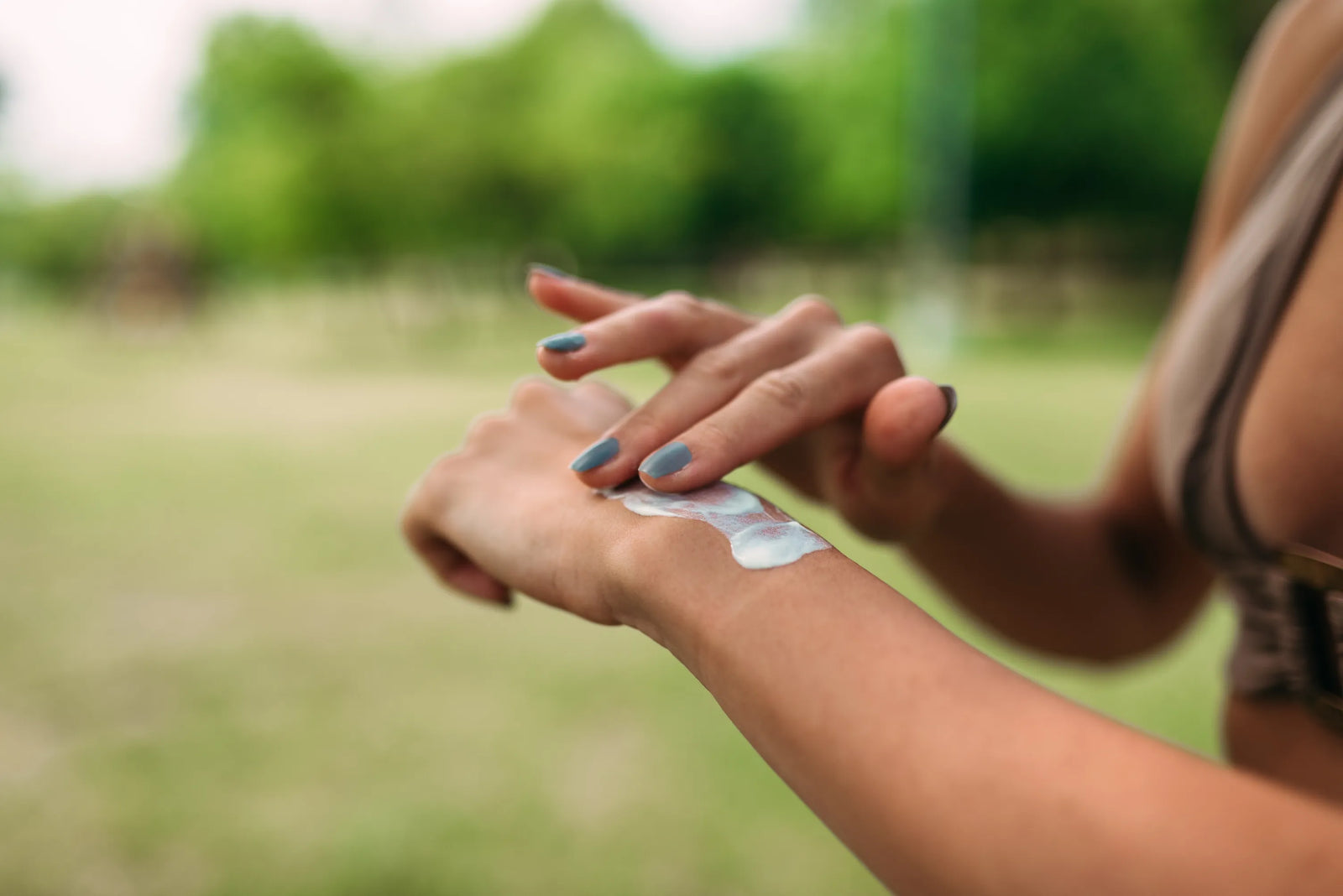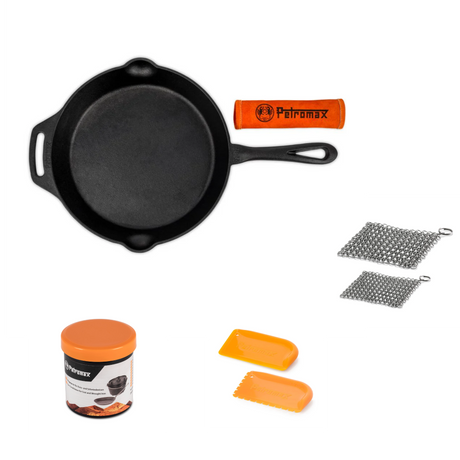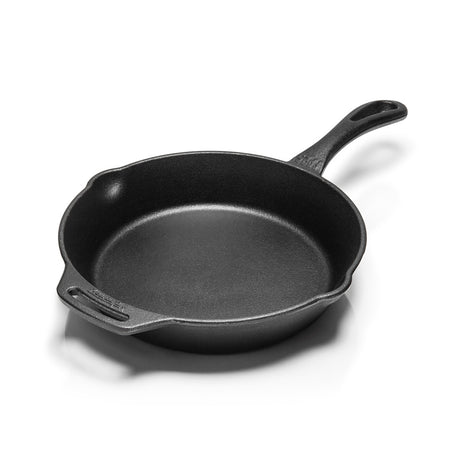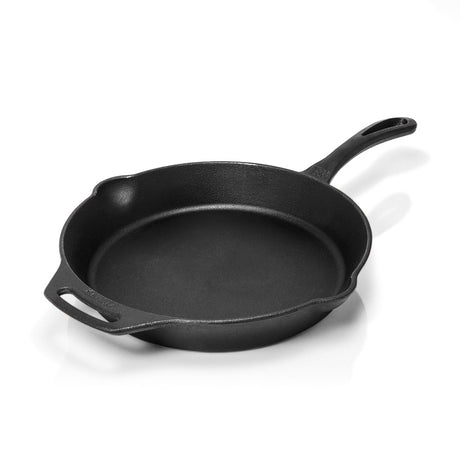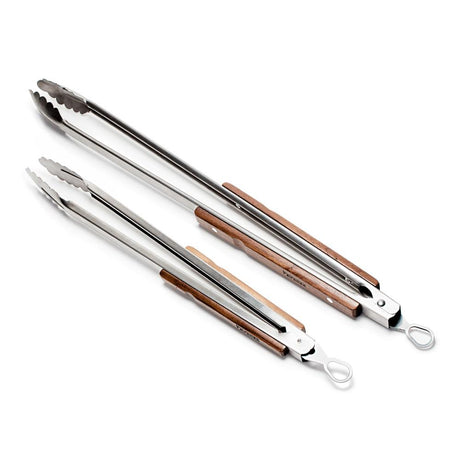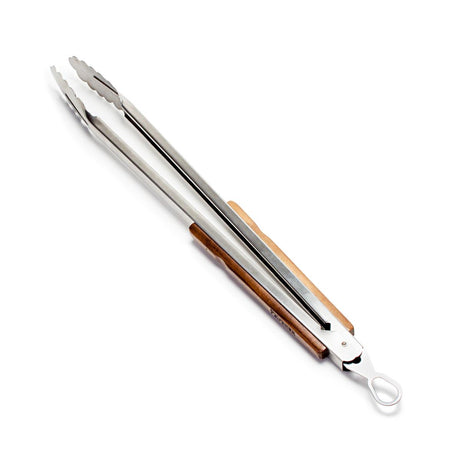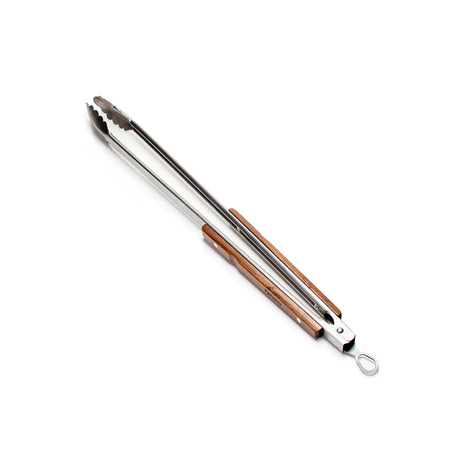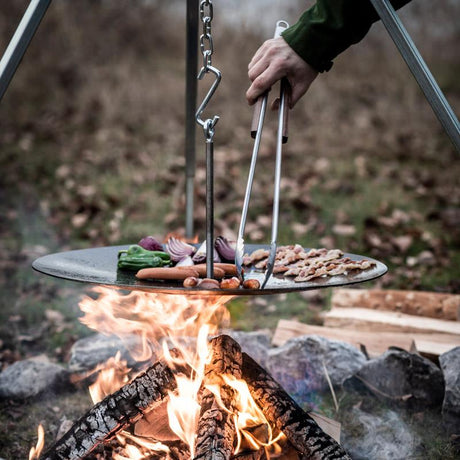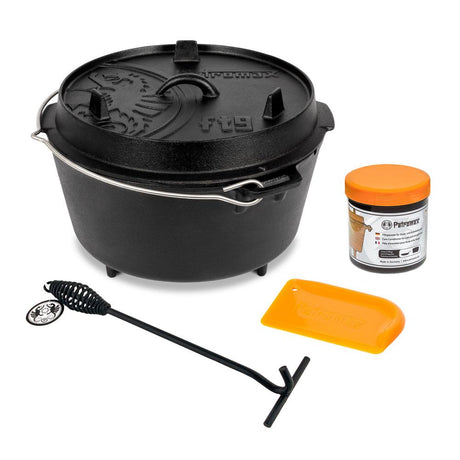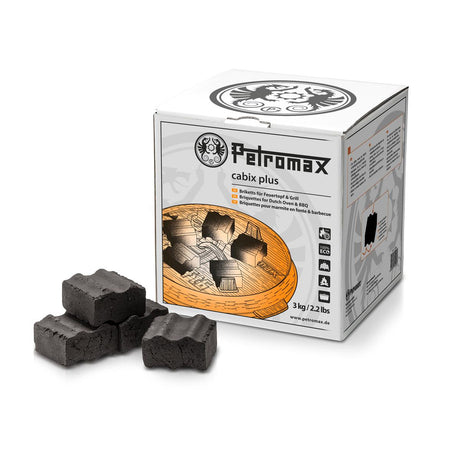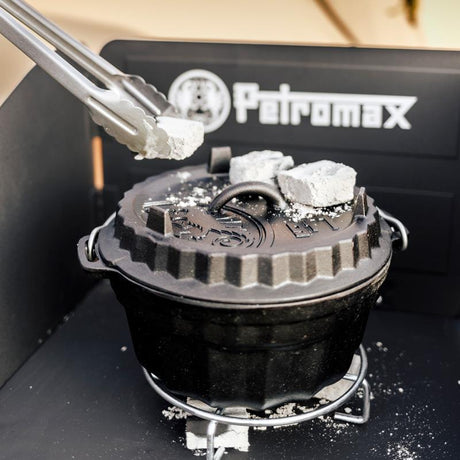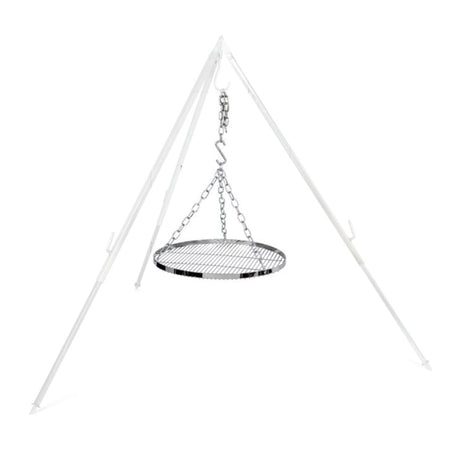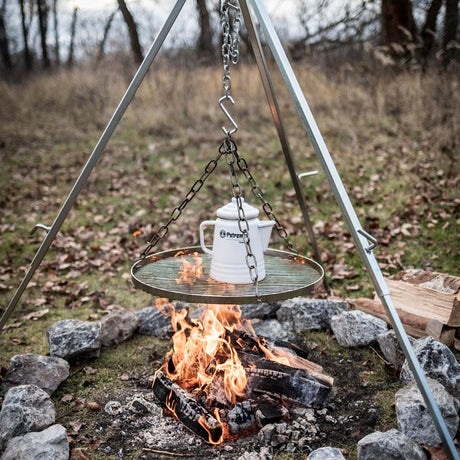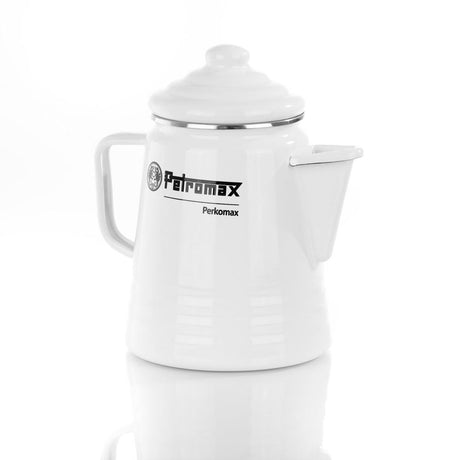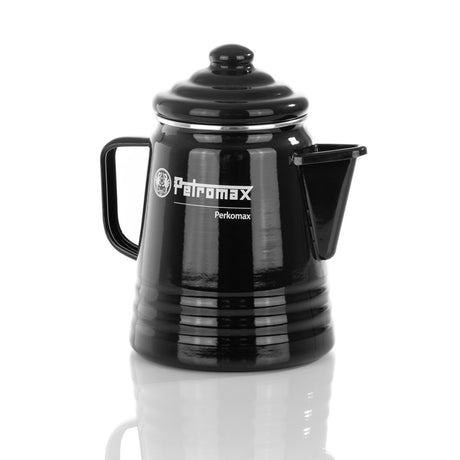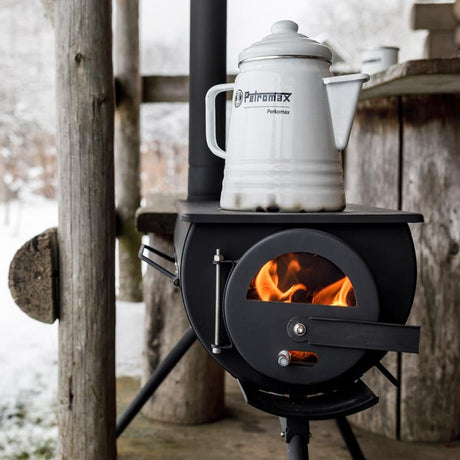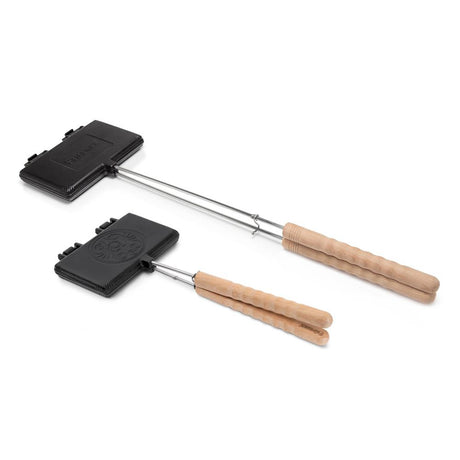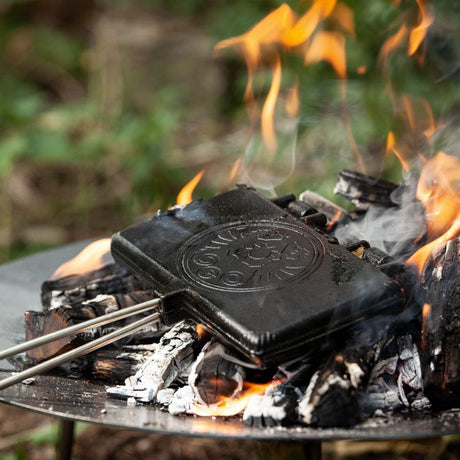Red skin, burning pain and sleepless nights - that's how many a perfect beach day has ended. It only takes a few minutes of unprotected time in the sun for your skin to pay the price for the UV radiation. Sunburn occurs faster than you think and often leaves more marks than just the visible redness. But there is a simple solution: the right sun protection turns every day in the sun into a relaxing experience - without any nasty surprises in the evening.
Table of contents
Why is sun protection so important for the skin?
How do you recognize your skin type and its natural self-protection time?
Special sun protection tips for hikers and mountaineers
What additional protective measures are there besides sun cream?
How important is vitamin D and how much sun do we need for it?
Does pre-tanning in a solarium protect against sunburn?
What home remedies help if you do get sunburnt?
What does the Federal Office for Radiation Protection recommend for sun protection?
Conclusion
Why is sun protection so important for the skin?
Your skin is exposed to the sun every day, and that has consequences. The sun's UV rays can damage your skin after just a few minutes - you often only notice it when it's too late and the sunburn has already developed.
Particularly tricky: there are two types of UV radiation that attack your skin differently. UVB rays penetrate the upper layers of the skin and cause classic sunburn with redness and pain. UVA rays, on the other hand, penetrate deeper and cause premature skin ageing and can increase the risk of skin cancer.
The danger is real: just one severe sunburn in childhood doubles the risk of developing skin cancer later on. But don't panic - sunburn is not an inevitable fate! With the right protective measures, you can effectively protect your skin and still enjoy the warm season.
Many people underestimate how quickly sunburn occurs. Sensitive skin types can develop redness after just 5-10 minutes, while darker skin types can last around 20-30 minutes longer. But no matter what skin type you are - without protection, the sun will leave its mark sooner or later.
How do you recognize your skin type and its natural self-protection time?
Do you know your skin type? This is the first step to effective sun protection, as your skin reacts completely differently to the sun depending on your skin type.
The Fitzpatrick scale divides people into six different skin types. Here is an overview of the most important ones:
| Skin type | Characteristics | Self-protection time | Tanning |
|---|---|---|---|
| Type I | Very fair skin, freckles, blonde/reddish hair, blue eyes | 5-10 minutes | Never tans, always sunburns |
| Type II | Light skin, blonde to light brown hair, blue/green eyes | 10-20 minutes | Only tans slowly and a little |
| Type III | Medium skin color, dark blond to brown hair | 20-30 minutes | Tans gradually |
| Type IV | Lightly tanned skin, dark hair and eyes | 30-40 minutes | Tans quickly and well |
People with fair skin are particularly at risk as their skin produces less melanin - the natural protective substance against UV radiation. If you are one of the lighter skin types, you should never go out in the sun without sun protection.
How to recognize your skin type: Look at your reaction to the first rays of sunlight in spring. Do you turn red quickly or do you develop an even tan? How does your skin behave during a longer stay in the sun? These observations will help you to assess yourself correctly and take appropriate protective measures.
Special sun protection tips for hikers and mountaineers
If you enjoy being out and about in the mountains, you need to be particularly careful. The intensity of UV radiation increases by around 10-12 percent with every metre of altitude - so at an altitude of 2000 meters, it is already twice as strong as at sea level!
The mountain sun protection checklist:
✓ SPF 50+ sun cream (waterproof, renew every 2 hours)
✓ Hiking hat with neck protection (protects head, face and neck)
✓ UV protective clothing (thick, long-sleeved functional clothing)
✓ Sunglasses with side protection (99-100% UV filtering)
✓ Extra protection for exposed areas (nose, ears, lips)
✓ Early start (set off before 11 a.m.)
✓ Lunch break in the shade (avoid 11 a.m. - 3 p.m.)
Stay cautious even in cloudy weather: A cloudy sky in the mountains is deceptive! Up to 80 percent of UV rays penetrate the clouds, and snow and light-colored rocks also reflect the radiation. You can get a nasty sunburn without seeing the sun directly.
Plan your tours cleverly: start early in the morning and use the lunch break for a longer rest in the shade. This way you avoid the most intense hours of sunshine and protect your skin from too much stress.
What additional protective measures are there besides sun cream?
Sun cream alone is often not enough. Here are other important protection strategies that you should definitely consider:
Your sun protection arsenal at a glance:
Clothing as a basis
- Dense, dark fabrics (better UV protection than light ones)
- Special UV protective clothing with UPF 50+
- Long-sleeved tops and long pants for intense sunshine
The perfect head protection
- Wide-brimmed hat (protects face, ears and neck)
- At least 10 cm brim all round
- Baseball caps only with additional neck protection
Don't forget your eyes
- Sunglasses with 99-100% UV filtering
- Side protection against reflected radiation
- Large lenses for optimum protection
Use shade strategically
- Stay in the shade between 11 am and 3 pm
- Use sun protection even in the shade
- Reflected radiation can reach up to 50% of direct radiation
Proper sun protection is particularly important for vulnerable groups. Children, people with very fair skin or people taking certain medications should be extra careful and never go out in the sun without comprehensive protection.
How important is vitamin D and how much sun do we need?
Now you might be thinking: "But I need sun for my vitamin D!" That's true, and it's an important point. Your skin produces vitamin D under the influence of UV radiation, and this is essential for healthy bones and a strong immune system.
Vitamin D vs. sun protection - the perfect balance:
| Need | The solution | Duration | Risk |
|---|---|---|---|
| Vitamin D formation | Unprotected arms/face | 10-15 min/day | Minimal |
| Prolonged activities | Full sun protection | Unlimited | Avoided |
| Winter/full protection | Vitamin D supplements | As required | None |
The 10-15 minute rule:
✓ Early in the morning or late in the afternoon
✓ Arms and face unprotected
✓ Never in the midday sun (11 am - 3 pm)
✓ If the UV index is below 3
In the darker months or if you use full sun protection, you can consider vitamin D supplements. It's best to talk to your doctor about this - they can measure your vitamin D level and give you suitable recommendations.
The rule is simple: a little sun is healthy and necessary, but too much will damage your skin in the long term. Find the right balance between vitamin D production and skin protection.
Does pre-tanning in a solarium protect against sunburn?
This is a widespread myth that we urgently need to dispel: Pre-tanning in a solarium does not protect against sunburn! Although the advertising of the sunbed industry often conveys this impression, the reality is different.
A tanned skin from the solarium only corresponds to a sun protection factor of around 2-4, which is negligible and offers practically no protection against sunburn. So you go out into the natural sun after a tanning bed with a false sense of security - and that can end badly.
Even worse: pre-tanning in a solarium even increases your risk of skin cancer! The artificial UV rays in a tanning bed are often more intense than natural sunlight and cause additional damage to your skin. So you are adding damage instead of protecting yourself.
The WHO (World Health Organization) has classified sunbeds as carcinogenic - in the same category as cigarettes and asbestos. That should give you pause for thought.
Solarium vs. natural sun protection - the facts:
| Aspect | Solarium | Natural protection |
|---|---|---|
| Protective effect | SPF 2-4 (minimal) | SPF 30-50+ (high) |
| Risk of skin cancer | ⬆️ Increased | ⬇️ Reduced |
| WHO classification | Carcinogenic | Recommended |
| Long term effect | Skin damage | Skin protection |
| cost | High | Moderate |
Healthy alternatives to pre-tanning:
- Self-tanner - Even, safe tan
- Gradual acclimatization - Slow build-up with sun protection
- Natural beauty - Accept and protect fair skin
- BB cream with tanning effect - Immediate, temporary effect
Don't be fooled by sunbed advertising. The best protection against sunburn is and remains proper sun protection, not artificial pre-tanning.
What home remedies help if you do get sunburnt?
Despite all precautions, it has happened: You've got sunburn. Now you need to act quickly to limit the damage and promote healing. These home remedies have proven their worth:
SOS help for sunburn - your first aid list:
| Home remedies | How to use | Effect | Frequency |
|---|---|---|---|
| Cold compresses | Cold water/chamomile tea | Cooling, pain relief | Every 2-3 hours |
| Aloe vera gel | Fresh from the plant (cooled) | Promotes healing, moisturizing | 3-4x daily |
| Curd compress | Cold curd cheese on a cloth | Cooling, anti-inflammatory | 2x daily |
| Coconut oil | After the acute phase | Regeneration, moisture | 1-2x daily |
⚠️ You should definitely avoid this:
❌ Further sun exposure (skin needs rest)
❌ Hot showers/baths (aggravates burns)
❌ Alcohol-based lotions (dry out)
❌ Scratching blisters (risk of infection)
❌ Ice directly on the skin (can cause frostbite)
When to see a doctor? In the event of extensive burns, blistering, fever or severe pain, you should not hesitate to seek medical help. Even if the sunburn does not improve after 2-3 days, a visit to the doctor is advisable.
Drink plenty of water, wear loose clothing and allow your skin to rest. With the right care, a mild sunburn usually heals within a week.
What does the Federal Office for Radiation Protection recommend for sun protection?
The Federal Office for Radiation Protection is the official German authority for radiation protection and gives clear recommendations for protection against UV radiation. You should definitely take these tips to heart:
UV index table - your daily protection guide:
| UV index | The risk | Protective measures | Exposure time |
|---|---|---|---|
| 0-2 | Low | Basic sun protection | Unlimited |
| 3-5 | Medium | SPF 15+, hat, shade at midday | Several hours |
| 6-7 | High | SPF 30+, protective clothing | Limited |
| 8-10 | Very high | SPF 50+, avoid midday sun | Few hours |
| 11+ | Extreme | Full protection, stay indoors 11-15h | Minimal |
The official protection rules of the Federal Office:
🏔️ Remember the 4-H rule:
- Hat (wide-brimmed with neck protection)
- Shirt (long-sleeved, tightly woven)
- Trousers (long legs for intense sun)
- High sun protection factor (at least SPF 30)
📅 Year-round sun protection:
✓Summer: Daily UV check and appropriate protection
✓ Winter: Especially in snow and in the mountains
✓ Cloudy days: Up to 80% UV radiation penetrates
✓ Children under 1 year: Never expose them to direct sunlight
The recommendation is clear: think about sun protection every day, find out about the UV index and adjust your activities accordingly. Prevention is always better than cure.
Conclusion: your skin deserves the best protection
Sunburn is more than just an annoying vacation souvenir - it is serious skin damage with long-term consequences. But the good news is: you can protect your skin effectively without having to miss out on fun in the sun.
The most important points summarized once again:
Sunburn is caused by excessive UV radiation and increases your risk of skin cancer in the long term. Know your skin type and respect your natural protection time. Always use sufficient sun protection - not only on the beach, but also in everyday life.
Additional protection through clothing, hats and shade is just as important as sun cream. Avoid the most intense sun between 11 am and 3 pm whenever possible.
Forget the myth of protective pre-tanning in a solarium - it does no good and only does harm. A little bit of sun every day is enough for your vitamin D without exposing yourself to sunburn.
If it does happen: Cool it, take care of it and see a doctor in severe cases. The recommendations of the Federal Office for Radiation Protection and the daily UV index will help you plan your activities.
Your skin will be with you for a lifetime - treat it well and it will thank you for it. With the right sun protection, you can enjoy the sun carefree and protect your health at the same time.
